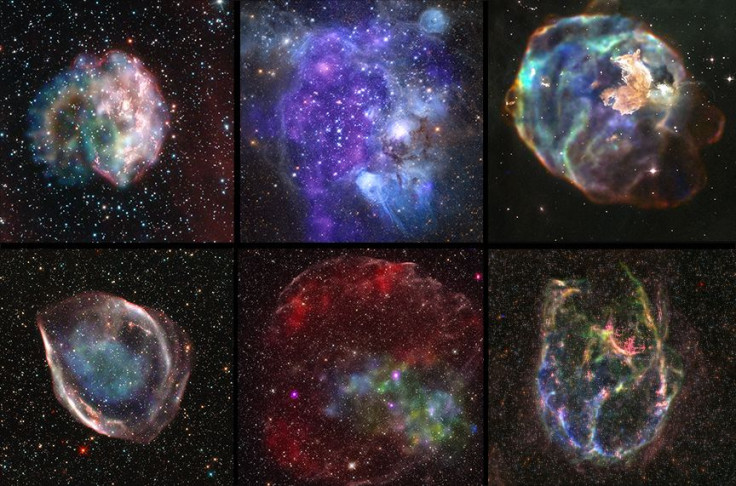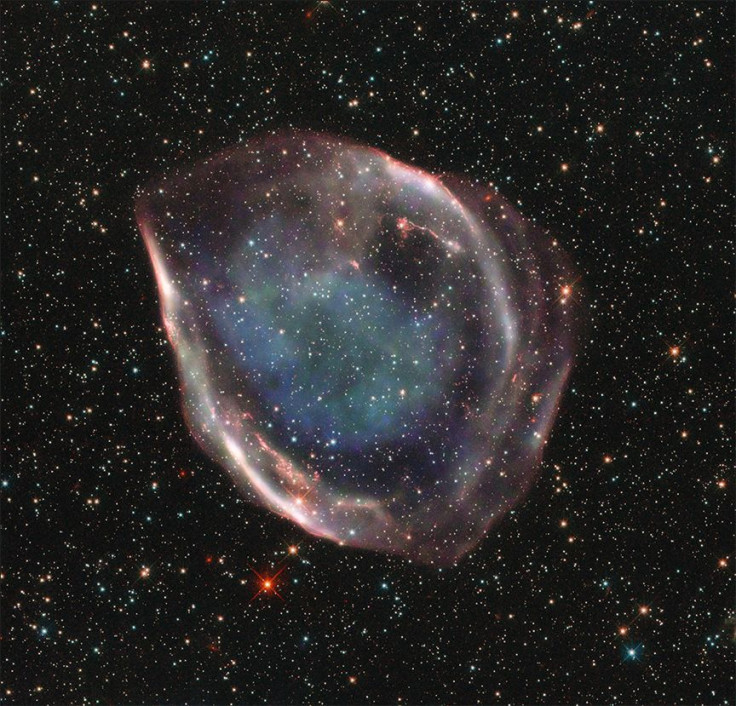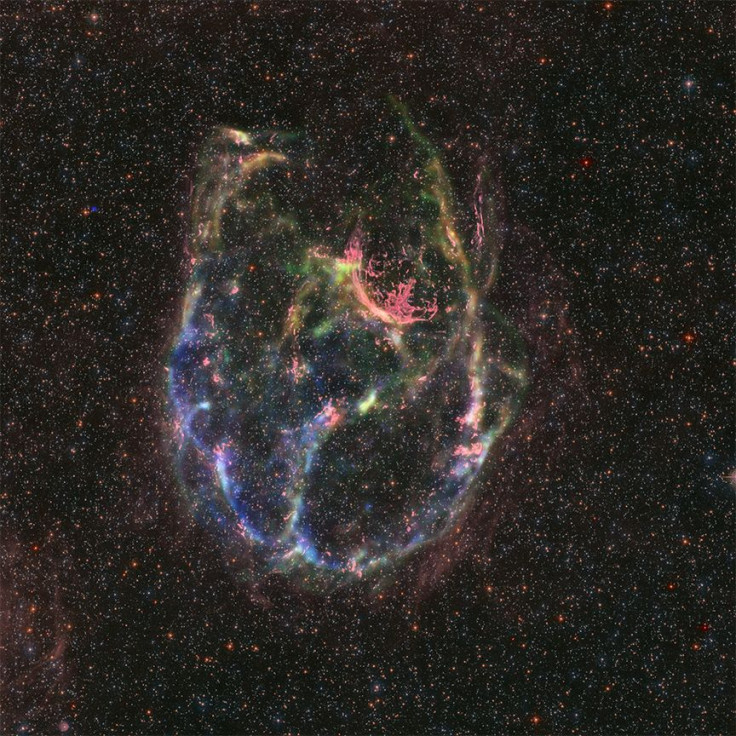NASA Best Space Photos: Stunning Images From Chandra X-Ray Observatory Revealed

NASA recently released a new collection showing stunning images taken by the Chandra X-ray Observatory. Many of the images include various supernova remnants as well as other cosmic objects.
The collection of images showcased by NASA can be viewed through a public archive hosted by Chandra. The photos feature the various stunning cosmic objects within the Large Magellanic Cloud, which is Milky Way’s neighboring galaxy situated about 150 light-years away.
The collection was made by astronomy enthusiast Judy Schmidt. She is only one of the countless members of a community composed of amateur astronomers and space enthusiasts who go through the vast collection of hundreds of thousands of images taken by Chandra.
They work with NASA to detect and identify new cosmic regions and to compile stunning images taken from space. All of the images were taken during the observatory’s 20 years of operation.

One of the images captured by Chandra shows N103B. According to NASA, this is a supernova remnant that was produced after a white dwarf star was destroyed by a massive thermonuclear explosion. The event produced a glowing debris field filled with superheated gas from the explosion.

DEM L71 is another supernova remnant that was formed followed the death of another white dwarf star. The image Chandra took shows the blast wave surrounding an inner cloud filled with glowing iron and silicon.

LHA 120-N 44, on the other hand, features a large bubble that contains star formations. In this region, the winds generated by young stars causes the large cosmic balloon to expand.

N132D is another supernova remnant captured by Chandra. Located in either the Large Magellanic Cloud or the Small Magellanic Cloud, N132D is a rare class of supernova remnant due to its high levels of oxygen. According to NASA, most of the oxygen on Earth came from a massive star explosion similar to N132D.

DEM L238 is also the remains of a massive supernova that was caused by the explosion of a white dwarf star. In the image captured by Chandra, the red, green and yellow colors represent the multimillion-degree gas within the region.
© Copyright IBTimes 2025. All rights reserved.





















